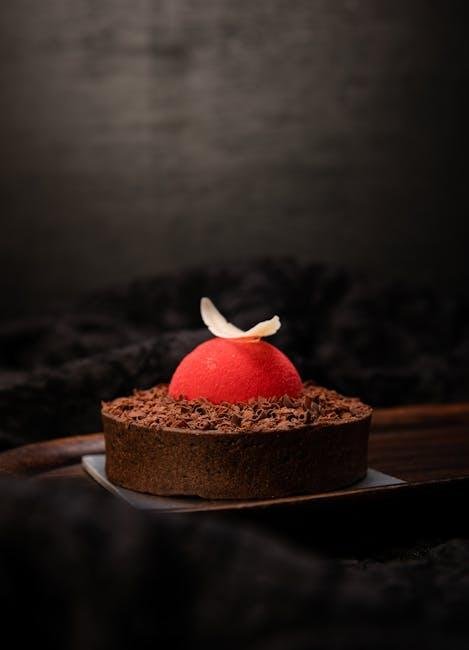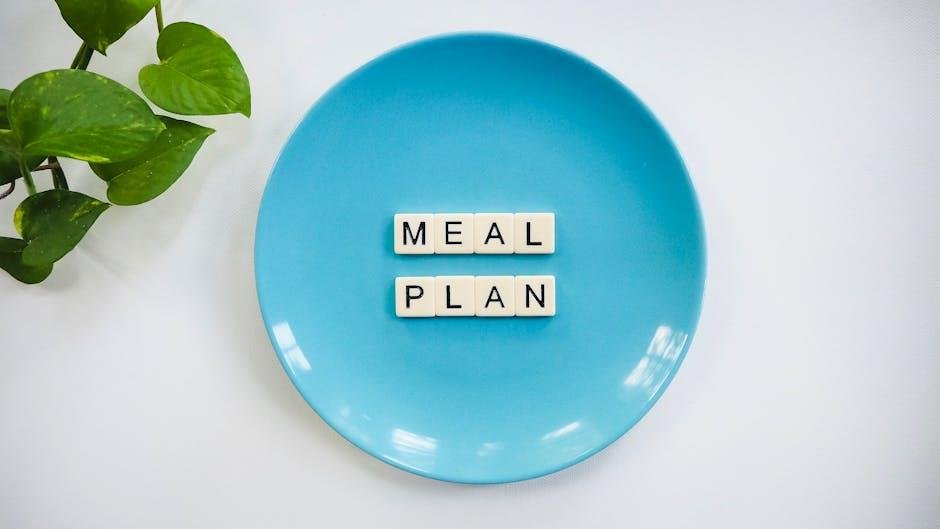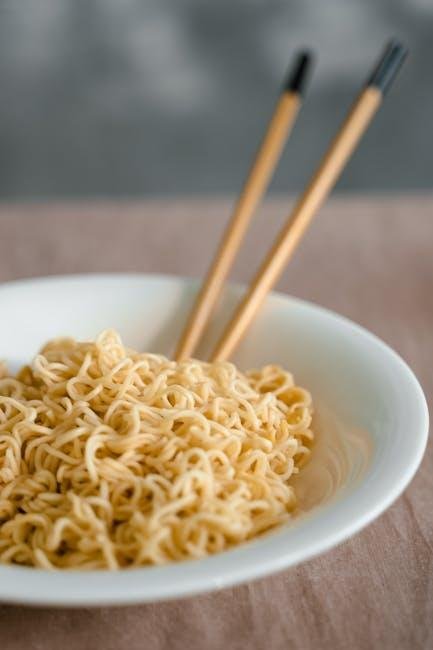Baking is frequently enough seen as a delightful blend of science and art, a dance of ingredients that can transform simple components into remarkable treats. However,even seasoned bakers can stumble upon common pitfalls that derail their culinary masterpieces. From unevenly measured flour to overlooked oven temperatures, these seemingly minor mistakes can wreak havoc on your favorite recipes. In this article, we’ll explore some of the most frequent baking blunders that you might not even realize you’re making, shining a light on how to navigate these missteps and elevate your baking game. Whether you’re a novice eager to learn or a seasoned pro looking to refine your skills, join us as we unveil the secrets to creating consistently appetizing baked goods.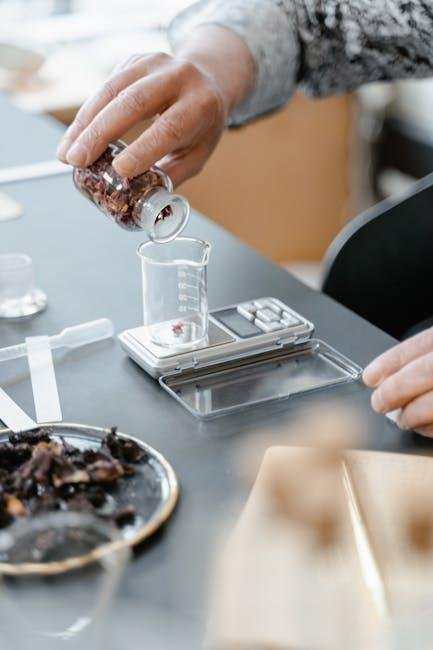
Common Missteps in Ingredient Measurement That Could Ruin Your Bake
Accurate ingredient measurement is the backbone of triumphant baking. Many home bakers overlook the difference between weight and volume,leading to discrepancies that could compromise the final product. For example, using a liquid measuring cup for dry ingredients or vice versa can result in over- or under-measuring, which might be the difference between a perfect soufflé and a sunken pancake. Here are some common pitfalls:
- Using the wrong tools: A kitchen scale can be more reliable than cups and spoons for precision.
- Packing ingredients: When measuring brown sugar, remember to pack it in, unlike white sugar.
- Ignoring ingredients’ density: Different flours have varying weights—always check for accuracy.
Another frequent misstep is neglecting to sift ingredients when a recipe calls for it. sifting not only aerates the flour but also removes lumps that can lead to uneven baking. Failing to do so can alter the texture drastically. You might even consider maintaining a measuring chart handy, which breaks down common ingredient conversions:
| Ingredient | 1 Cup Weight (Approx.) |
|---|---|
| All-Purpose flour | 120g |
| Granulated Sugar | 200g |
| Brown Sugar (packed) | 220g |
| Cocoa powder | 125g |

The Importance of Temperature: Understanding How It Affects Your Dough
Temperature plays a crucial role in the baking process,influencing the texture,rise,and flavor of your dough. When working with ingredients like yeast or baking soda, the temperature can determine how effectively they activate. Too cold an environment can slow down fermentation,resulting in a denser final product,while excessive heat may cause your dough to rise too quickly,leading to an unbalanced flavor profile and a less desirable crumb. It’s essential to monitor the temperature of both your ingredients and your kitchen environment, as these factors can considerably alter your baking outcomes.
For optimum results, various types of dough require specific temperature ranges to achieve their best performance. Here’s a rapid overview:
| Dough Type | ideal Temperature Range (°F) |
|---|---|
| Yeast Dough | 75 – 80 |
| Quick Bread Batter | 60 – 70 |
| Puff Pastry | 65 – 70 |
| Cookie Dough | 65 - 70 |
Paying attention to these temperature recommendations will help you avoid common baking pitfalls.Ensure that ingredients like butter are at room temperature when needed, and allow your dough to rise in a warm, draft-free space. Adjust your approach according to the season; as an example, in winter months, you may need to provide extra warmth for your dough, while in summer, you might want to chill your ingredients slightly to prevent over-proofing. Every degree counts in the art of baking!
Overmixing vs. Undermixing: Finding the perfect Balance for Texture
When it comes to achieving the perfect texture in baked goods, the right mixing technique is essential. Overmixing can lead to products that are dense and tough, as it develops gluten more than necessary, while undermixing may leave you with an uneven dispersion of ingredients and frustratingly coarse textures. Finding this balance is key to ensuring your cakes are fluffy and your cookies are chewy, rather than crumbly or gummy. To better understand the implications of each mixing method, consider the following points:
- Overmixing: Leads to a dry, tougher end product.
- Undermixing: Results in lumps and uneven distribution of flavors.
- Perfect Mixing: Creates a light and airy texture that holds together.
For bakers looking for that ideal texture, it’s helpful to keep an eye on visual cues. Aim for a velvety batter that flows smoothly when poured, free of lumps but not overly glossy. Here’s a simple guide to dialing in your mixing technique:
| Mixing Method | Texture Result |
|---|---|
| Overmixing | Dense, chewy |
| Undermixing | cakey, unbalanced |
| Optimal Mixing | Soft, airy |
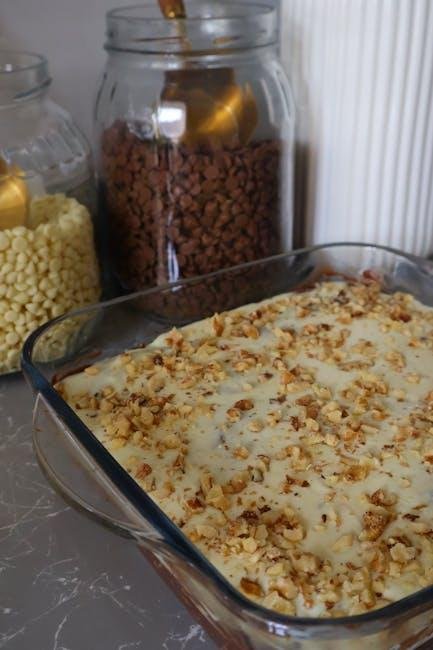
Ignoring Oven Calibration: Why Consistent Baking Temperatures Matter
Baking is a delicate art, where precision is key to achieving that perfect loaf or batch of cookies. However, many home bakers underestimate the importance of oven calibration, which can lead to inconsistent results. When your oven isn’t set to the correct temperature, even the most carefully crafted recipes can go awry, resulting in underbaked or burnt goods. Consider the following aspects of oven calibration and the impact it has on your baking:
- Temperature Fluctuations: Baking is not forgiving; tiny changes in temperature can drastically affect the rise and texture of baked goods.
- Time Miscalculations: A miscalibrated oven can lead to incorrect baking times, leaving you guessing when your treats are ready.
- Recipe Disasters: Even trusted recipes can fail if the oven doesn’t maintain a consistent temperature, leading to disappointment.
to ensure that your oven is running as it should, it’s worth investing in an oven thermometer.This simple device can help diagnose whether your oven’s temperature matches what you’ve set. If you find your oven is way off, there are a few adjustments you can make:
| Offset Adjustment | Recommended Action |
|---|---|
| -25°F or more | Consider recalibrating or having it serviced. |
| +10°F to -25°F | Adjust baking temperatures in recipes accordingly. |
| -10°F or less | Minor adjustments may not be necessary, but pay attention. |
By monitoring and adjusting your oven, you can achieve consistently delightful results in your baking endeavors. Small changes lead to monumental outcomes, ensuring your culinary creations not only taste grate but look irresistible as well.
Closing remarks
As we wrap up our exploration of common baking mistakes,remember that every misstep in the kitchen is merely a stepping stone on the path to becoming a better baker.Whether it’s a lopsided cake or cookies that don’t quite rise, each mishap offers a valuable lesson. Embrace the art of trial and error; after all, even the most seasoned bakers have faced their fair share of flops. With a sprinkle of patience and a dash of creativity, you’ll turn those blunders into triumphs. So, preheat your oven and prepare to transform your baking adventures—one deliciously imperfect batch at a time! Happy baking!


